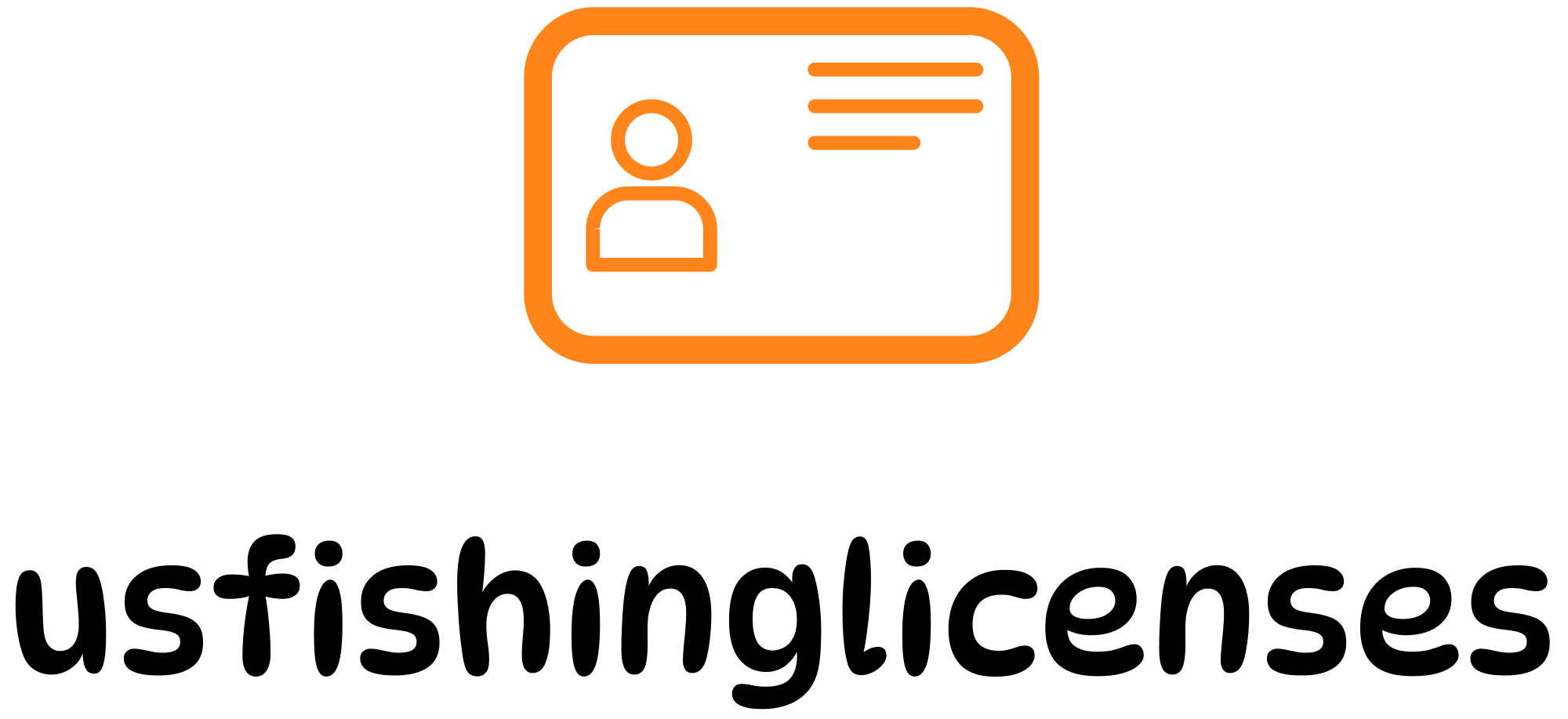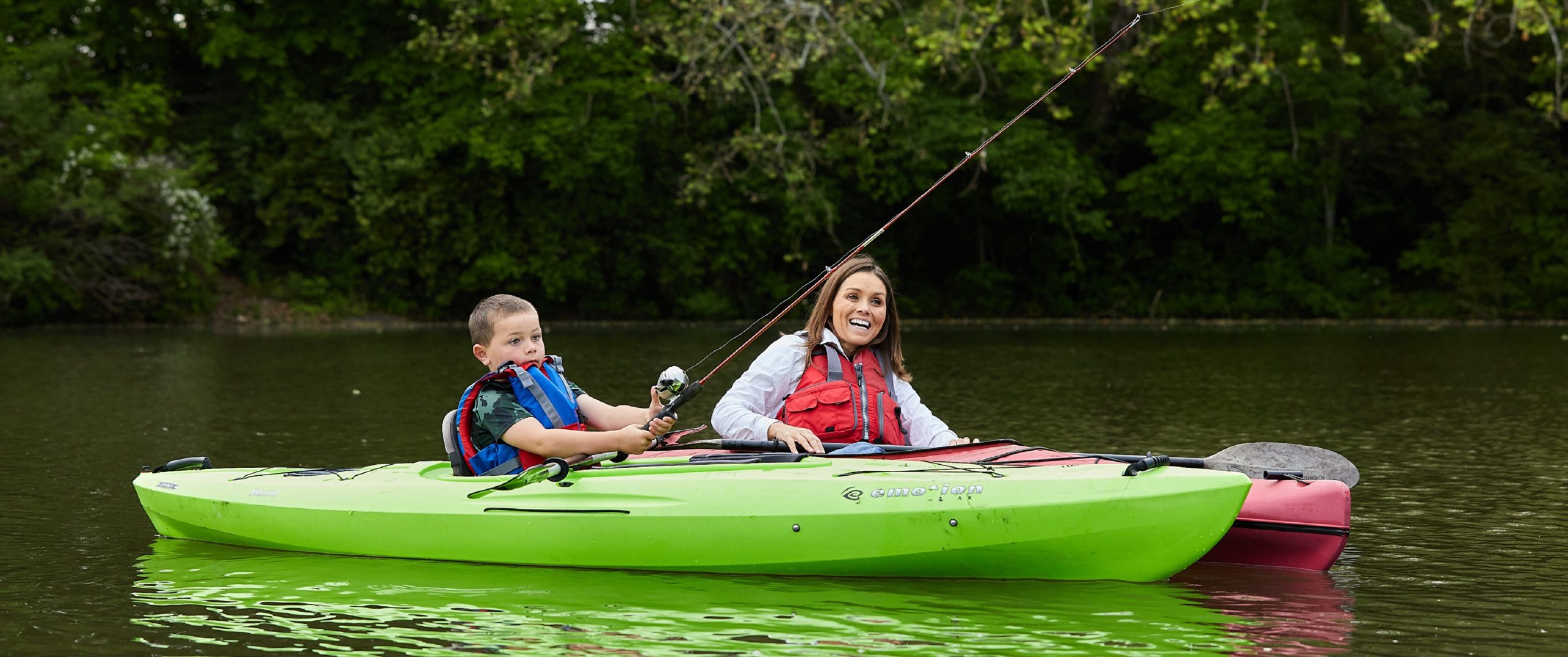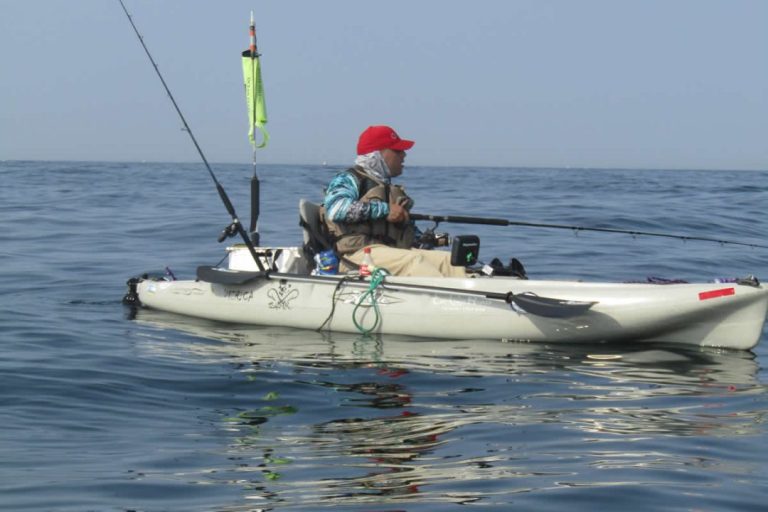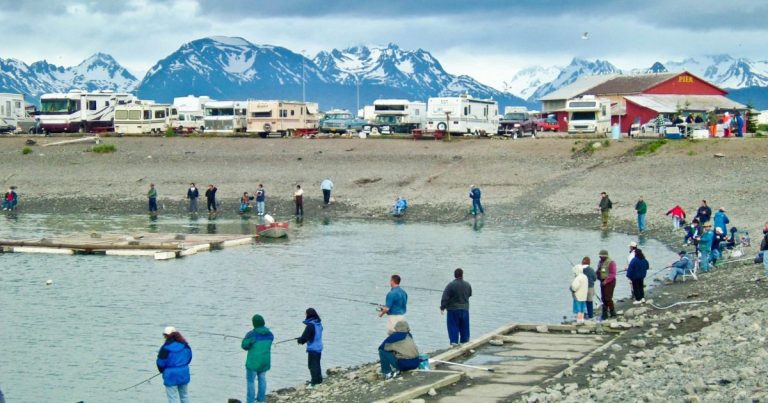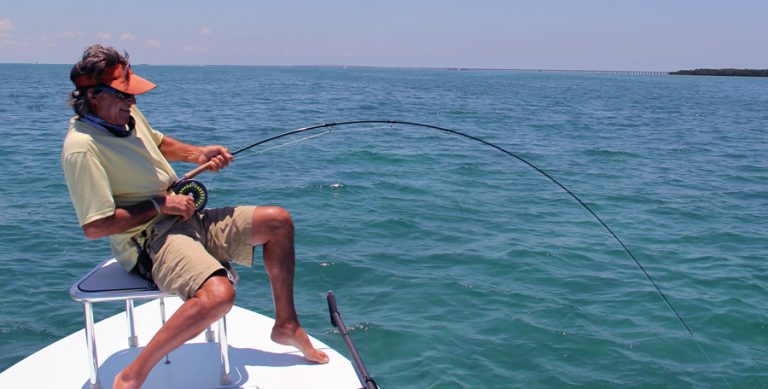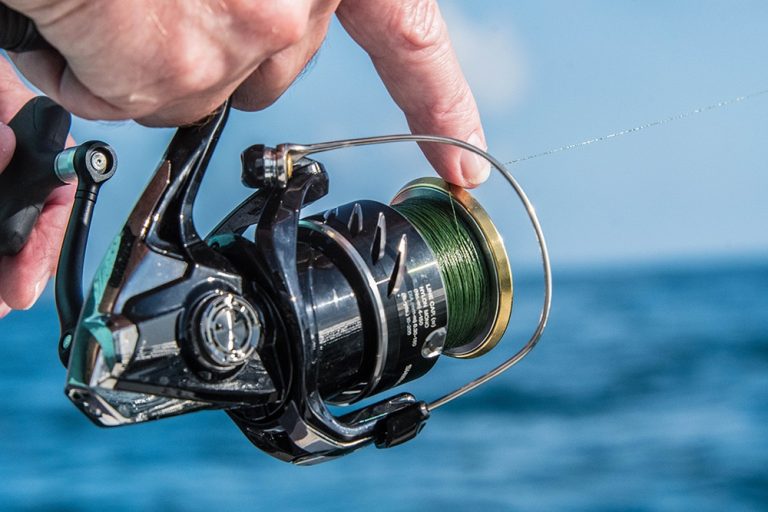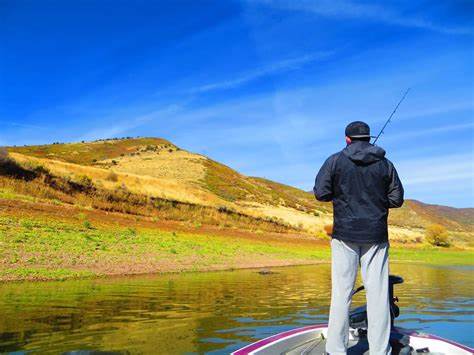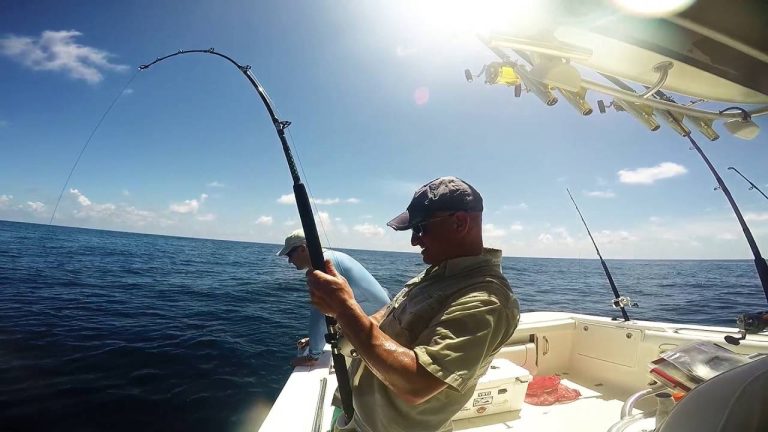Kayak fishing has become increasingly popular in recent years, offering anglers a unique and exciting way to enjoy their favorite pastime. However, before you hit the water, it’s crucial to understand the license requirements and safety considerations specific to kayak fishing. In most states, including Florida, a fishing license is required for kayak fishing, with some exceptions based on age, residency, and specific circumstances. Additionally, kayak fishing presents unique safety challenges that require proper preparation and equipment. This comprehensive guide will walk you through everything you need to know about kayak fishing licenses and essential safety tips to ensure a enjoyable and responsible fishing experience.
Fishing License Requirements for Kayak Anglers

General License Requirements
In most states, including Florida, a fishing license is required for kayak fishing in both freshwater and saltwater. However, the specific requirements can vary depending on factors such as age, residency status, and the type of water you’re fishing in. Here’s a breakdown of the general license requirements:
- Resident vs. Non-Resident Licenses: Most states offer different license options and pricing for residents and non-residents. Be sure to check your state’s specific requirements.
- Freshwater vs. Saltwater Licenses: Many states require separate licenses for freshwater and saltwater fishing. Some offer combination licenses that cover both.
- Short-Term vs. Annual Licenses: Depending on how often you plan to fish, you can choose between short-term licenses (e.g., 1-day, 3-day, or 7-day) or annual licenses.
- Age-Based Exemptions: Many states offer free or discounted licenses for seniors and youth. For example, in Florida, residents 65 and older can obtain a free fishing license.
Florida-Specific License Requirements
Let’s take a closer look at Florida’s fishing license requirements, as an example:
- Resident Saltwater Fishing License Exemptions:
- Florida residents fishing from land or a structure fixed to land who are eligible for food stamps, temporary cash assistance, or Medicaid are exempt from needing a saltwater fishing license.
- Florida residents saltwater fishing with live or natural bait, using poles or lines without a fishing-line-retrieval mechanism, for noncommercial purposes in their home county are exempt.
- Age-Based Exemptions:
- Individuals under 16 years old do not need a fishing license.
- Florida residents 65 and older can obtain a free fishing license.
- Other Exemptions:
- Individuals fishing from a for-hire vessel (guide, charter, party boat) with a valid charter license.
- Those fishing from a vessel whose operator has a valid recreational saltwater vessel license.
- Fishing during a free saltwater fishing day.
- Fishing from a pier with a valid saltwater pier license.
How to Obtain a Fishing License
Obtaining a fishing license is generally a straightforward process. Here are the most common methods:
- Online: Most states offer online license purchasing through their fish and wildlife department websites. In Florida, you can visit GoOutdoorsFlorida.com to purchase your license.
- In-Person: Licenses can typically be purchased at local sporting goods stores, bait shops, or county tax collector offices.
- By Phone: Many states offer a toll-free number for license purchases. In Florida, you can call 888-FISH-FLORIDA (888-347-4356).
- Mobile App: Some states, including Florida, offer mobile apps for purchasing and storing digital licenses. Look for the Fish|Hunt FL app on Apple and Android devices.
When purchasing a license, be prepared to provide personal information such as your name, address, date of birth, and social security number (for U.S. residents).
Senior Discounts and Special Programs
Many states offer discounted or free fishing licenses for senior anglers. Here’s a breakdown of senior fishing license options across the United States:
- 14 states offer free licenses for seniors.
- 35 states offer discounted licenses for seniors.
- The average cost of discounted senior fishing licenses is $9.50.
- The age of eligibility for senior licenses ranges from 60 to 89 years old, with 65 being the most common age.
Some notable examples include:
- Alabama: Free license for residents 65 and older
- Alaska: Free license for residents 60 and older
- California: Discounted license ($9.01) for residents 65 and older with low income
- Florida: Free license for residents 65 and older
- New York: Free license for residents 70 and older
Always check with your state’s fish and wildlife department for the most up-to-date information on senior discounts and programs.
Essential Safety Tips for Kayak Fishing
Kayak fishing can be an incredibly rewarding experience, but it also comes with unique safety considerations. Here are some essential safety tips to keep in mind:
1. Always Wear a Personal Flotation Device (PFD)
This is the most critical safety rule for kayak fishing. A properly fitting, Coast Guard-approved PFD should be worn at all times while on the water. Modern kayak fishing PFDs are designed to be comfortable and allow for a full range of motion while paddling and fishing.
Pro Tip: Look for PFDs specifically designed for kayak fishing, which often feature multiple pockets for storing tackle and tools.
2. Dress Appropriately for the Conditions
Wear clothing suitable for both the water and air temperature. In colder conditions, consider wearing a wetsuit or drysuit. Always be prepared for unexpected immersion in the water.
Key Items:
- UV-protective clothing
- Hat with a brim
- Polarized sunglasses
- Waterproof sunscreen
- Appropriate footwear (water shoes or sandals with heel straps)
3. Check the Weather and Water Conditions
Before heading out, always check the weather forecast and water conditions. Be aware of potential hazards such as strong currents, tides, and wind. Avoid kayak fishing in severe weather conditions or when there’s a risk of thunderstorms.
Rule of Thumb: If winds are forecasted to be in the double digits or swells are above 6 feet, it’s best to postpone your trip.
4. Carry Essential Safety Equipment
In addition to your PFD, make sure to bring the following safety equipment:
- Whistle or other sound-producing device
- Bilge pump or bailer
- Paddle float
- First aid kit
- Knife or line cutter
- Flashlight or headlamp
- Compass and/or GPS device
- VHF radio (especially important for coastal fishing)
5. Learn and Practice Self-Rescue Techniques
Know how to re-enter your kayak from the water in case of capsizing. Practice these techniques in calm, shallow water before venturing out to more challenging conditions.
Key Technique: The “scramble” method involves approaching the kayak from the side, grabbing the far side of the cockpit, and pulling yourself across the kayak on your stomach before sitting up.
6. File a Float Plan
Always let someone know where you’re going and when you expect to return. This information can be crucial if you encounter problems and need assistance.
Float Plan Essentials:
- Planned route
- Expected departure and return times
- Description of your kayak and vehicle
- List of equipment you’re carrying
- Emergency contact information
7. Be Visible
Make yourself as visible as possible to other boaters. Wear bright clothing and consider adding reflective tape to your kayak and paddle. If fishing at night or in low-light conditions, make sure to have proper lighting as required by local regulations.
8. Stay Hydrated and Protected from the Sun
Bring plenty of water and snacks to stay hydrated and energized. Protect yourself from the sun’s harmful rays with sunscreen, protective clothing, and a wide-brimmed hat.
9. Know Your Limits
Be honest about your physical abilities and kayaking skills. Start with short trips in calm waters and gradually work your way up to more challenging conditions as you gain experience.
10. Be Prepared for Emergencies
Carry a fully charged cell phone in a waterproof case. Consider investing in a personal locator beacon (PLB) for added safety, especially when fishing in remote areas.
Kayak Fishing Gear and Accessories
While safety should always be your top priority, having the right gear can greatly enhance your kayak fishing experience. Here are some essential items to consider:
Fishing Kayak
Choose a kayak designed specifically for fishing. These typically offer features like rod holders, tackle storage, and a stable platform for casting and reeling.
Popular Options:
- Sit-on-top kayaks: Offer easy entry/exit and are self-draining
- Pedal-driven kayaks: Allow for hands-free propulsion
- Inflatable fishing kayaks: Portable and easy to store
Paddle
Invest in a high-quality, lightweight paddle appropriate for your kayak’s width and your height.
Rod Holders
Most fishing kayaks come with built-in rod holders, but you may want to add additional holders for versatility.
Anchor System
An anchor can help you stay in one spot while fishing, especially in windy conditions or currents.
Fish Finder
While not essential, a fish finder can greatly improve your chances of locating fish.
Tackle Storage
Invest in waterproof tackle boxes or bags to keep your gear organized and dry.
Cooler or Live Well
For keeping your catch fresh or storing food and drinks.
Landing Net
A compact landing net designed for kayak use can make landing fish easier and safer.
Conservation and Ethical Angling
As a kayak angler, it’s important to practice responsible fishing and contribute to conservation efforts. Here are some ways you can make a positive impact:
1. Practice Catch and Release
When possible, practice catch and release to help maintain fish populations. Use proper handling techniques to minimize stress on the fish:
- Wet your hands before handling fish
- Support the fish’s body horizontally
- Remove hooks quickly and carefully
- Use barbless hooks or crimp the barbs on your hooks
2. Follow Fishing Regulations
Adhere to all local fishing regulations, including size and bag limits. These rules are in place to protect fish populations and ensure sustainable fishing for future generations.
3. Properly Dispose of Fishing Line and Tackle
Never leave discarded fishing line, hooks, or other tackle in the water or on shore. These can be harmful to wildlife and other anglers.
4. Be Mindful of Your Impact
Avoid disturbing wildlife and vegetation when launching and landing your kayak. Stay clear of nesting areas and sensitive habitats.
5. Support Conservation Efforts
Your fishing license fees contribute to conservation efforts, but consider going a step further by joining local conservation groups or participating in cleanup events.
The Benefits of Fishing License Fees
When you purchase a fishing license, you’re not just gaining the legal right to fish – you’re also contributing to important conservation efforts. Here are some ways your license fees support the environment and fishing communities:
- Building and Maintaining Public Boat Ramps: License fees help fund the construction and upkeep of public access points, making it easier for everyone to enjoy fishing.
- Water Quality Improvement: Funds are used to implement clean water projects that benefit fish habitats and improve the overall fishing experience.
- Fish Population Management: Biologists use license fee funds to conduct research, manage fish populations, and implement habitat restoration projects.
- Education Programs: Many states use license fees to fund fishing education programs and activities for children and adults.
- Long-Term Conservation Planning: Your fees contribute to the development and implementation of long-term plans to protect lakes, rivers, and coastal areas.
Conclusion
Kayak fishing offers a unique and exciting way to enjoy the sport of angling, but it comes with its own set of responsibilities and safety considerations. By obtaining the proper fishing license, following safety guidelines, and practicing responsible angling, you can ensure a safe, enjoyable, and sustainable fishing experience.
Remember, the key to successful kayak fishing is preparation. Always check local regulations, invest in quality safety equipment, and continually educate yourself on best practices. Whether you’re a seasoned angler or new to the sport, there’s always something new to learn in the world of kayak fishing.
So grab your license, pack your safety gear, and hit the water for your next kayak fishing adventure. The fish are waiting, and with the right preparation, you’ll be ready to reel them in safely and responsibly. Tight lines and safe paddling!
